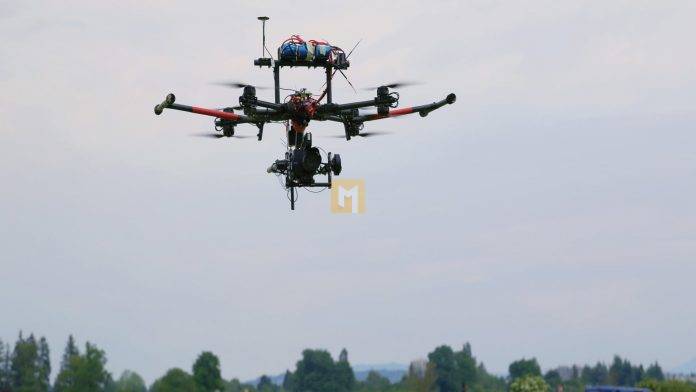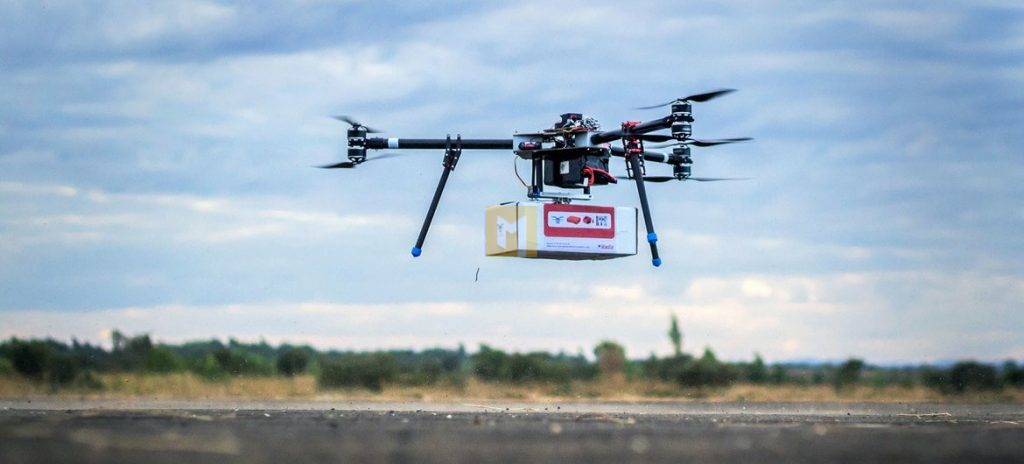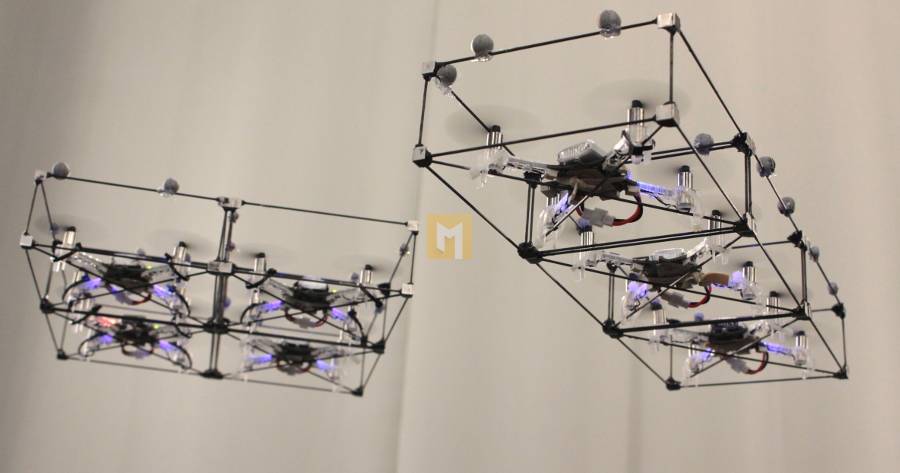Tech
The legal and technical requirements for countering drone technologies

Of all the disruptive technologies, RPAS (Remotely Piloted Aircraft) or UAV (Unmanned Aerial Vehicles), commonly known as drones, are arguably one of the most fascinating of this decade.
Various civil aviation bodies or working groups such as the European Aviation Safety Agency (EASA), the SESAR Joint Undertaking, EUROCONTROL, the International Civil Aviation Organization (ICAO) and the Rulemaking Association for Unmanned Systems (JARUS) and all national civil aviation authorities and air traffic controllers and air navigation service providers for many years have been working hard to prepare tomorrow’s airspace for the safe integration of these new civilian aircraft.
In this article, Geneva-based systems integrator Drone Detection Sys summarizes the rapidly evolving drone landscape and the importance to consider when implementing anti-drone technologies.
Drones: challenges and opportunities

Civilian drones evolving in “U space” serve civil society in the best possible way. They are already used for mapping, aerial photography, blood distribution, etc. Drone technologies have become accessible and easy to use in recent years. France and Germany were the European pioneers in the multicopter mini-drones we know today. However, Chinese manufacturers are responsible for their impressive development and improvements. A few years ago, in 2013, these connected objects were considered “gadgets” and are now becoming powerful tools.
As with any technology in the hands of the public, drone technologies also have their drawbacks. These concerns include invasions of privacy, spectator accidents and “accidental” near misses involving other aircraft. One that requires a lot of attention from all civilian and military authorities – although it only accounts for a small percentage of the use of drones – is “guided technology” for malicious purposes. These are purely safety issues and are very important in any environment, especially urban.
The new mini drones have made it super easy to get anything from point A to point B by flying it over every physical obstacle on Earth. For example, it is now possible to reach a ‘target’ of over 120 km / h in a range of 10 km (field of view) with a 600g mini drone for a few hundred euros. It’s also easy to carry an 80kg load and start anywhere in the city.
There is now evidence that these mini drones have been used to transport illegal goods across detention centers or borders.
As for the armed consumer minidrones, until recently, only the troops on the battlefield faced the attacks of the Chinese minidrones with grenades. There is evidence that they have faced drone attacks on consumers on a daily basis.
Things are changing rapidly and criminals are using new technologies for their illegal and harmful purposes in urban environments. Mini drones are definitely part of their assets now.
Unfortunately, due to the legal and administrative framework, it will take time to adopt, acquire and use these new technologies on a daily basis for law enforcement. Criminals only have to deal with technical limitations.
Before providing an overview of existing anti-drone technologies and what can and cannot be used by law enforcement and private security companies, let’s clarify how our air is controlled.
Collaborative drones

It is important to clarify that civil aviation authorities and air traffic controllers operate on a cooperative model. This means that the (remote) pilot who wants to use the drone has registered or must register his drone to obtain a numerical recognition, such as the license plate. Unless the minidrones have a transmitter / transponder or a 4G / 5G SIM card, they will not be physically recognized.
Even in a future scenario where minidrones would have to send a signal to indicate their electronic ID, it would be very easy to get around this legal requirement by making a DIY minidrone by finding the necessary components on the internet and building one. A 12-year-old could do it.
Non-cooperative drones

First, law enforcement and security companies need to have the right tools to physically detect flying objects, both authorized ones that are registered and unauthorized ones that are never registered. Second, they need to know what kind of unmanned aerial systems (C-UAS) can be used, who can use them, and how to deploy them in cities and urban environments versus battlefields.
Today there are many technologies to detect and defeat these minidrones, but there is great confusion as to which technologies can be used by civil authorities and which in an urban environment.
This confusion is understandable for now, as new technologies create new problems that need to be addressed. As with all interruptions, there are some delays as regulations and training need to be properly adapted.
Therefore, it is extremely important to collaborate with civilian C-UAS experts in acquiring and using such technologies in accordance with the regulations and laws of a particular country.
What is a drone?
To fully understand the different drone technologies or detection methods, it is necessary to understand the basics of drones (UAV / RPAS) today.
The drone is:
- A flying object that can move or remain stationary;
- A communication object that, allowed or not, can receive and transmit signals on different frequencies;
- An object that collects information with various sensors (RGB, IR, NIR, thermal, etc.); And
- A computer that is becoming more and more sophisticated and that can analyze its environment and adapt automatically or autonomously.
Each of these four points raises the following questions about malicious drones:
- Can we legally shoot down a flying object that is an airplane?
- Can we legally block the signal sent and / or sent by the drone?
- Can we stop the drone’s core sensors collecting data? And
- Can we legally hack the computer?
Active and passive identification solutions
Returning to the different technologies, let’s start by considering the sensing solutions, which are both passive and active. Active solutions transmit signals, like radar, and therefore require a special license or permit from the country’s telecommunications authority.
While there are a lot of drone radars out there, not all of them are law-abiding; either they are using the correct frequencies but are not yet certified, or they are not using the correct frequency for a particular country. The frequency assignment is not the same for all countries.
The probe is mainly used in airports, which need to monitor and detect drones within a five-kilometer radius.
Passive systems such as frequency analyzers or spectrum analyzers that listen to the signal at different frequencies. In this case, it is important to know which frequencies minidrones and especially DIY drones can use. If the system only detects one or two frequencies, it’s not good enough. Radio frequency sensors can be implemented without special permission because they do not transmit signals; However, some countries still require a license to use them.
Surveillance cameras can be used with certain object recognition algorithms to detect drones. Acoustic sensors can also be used to detect drones at close range.
















